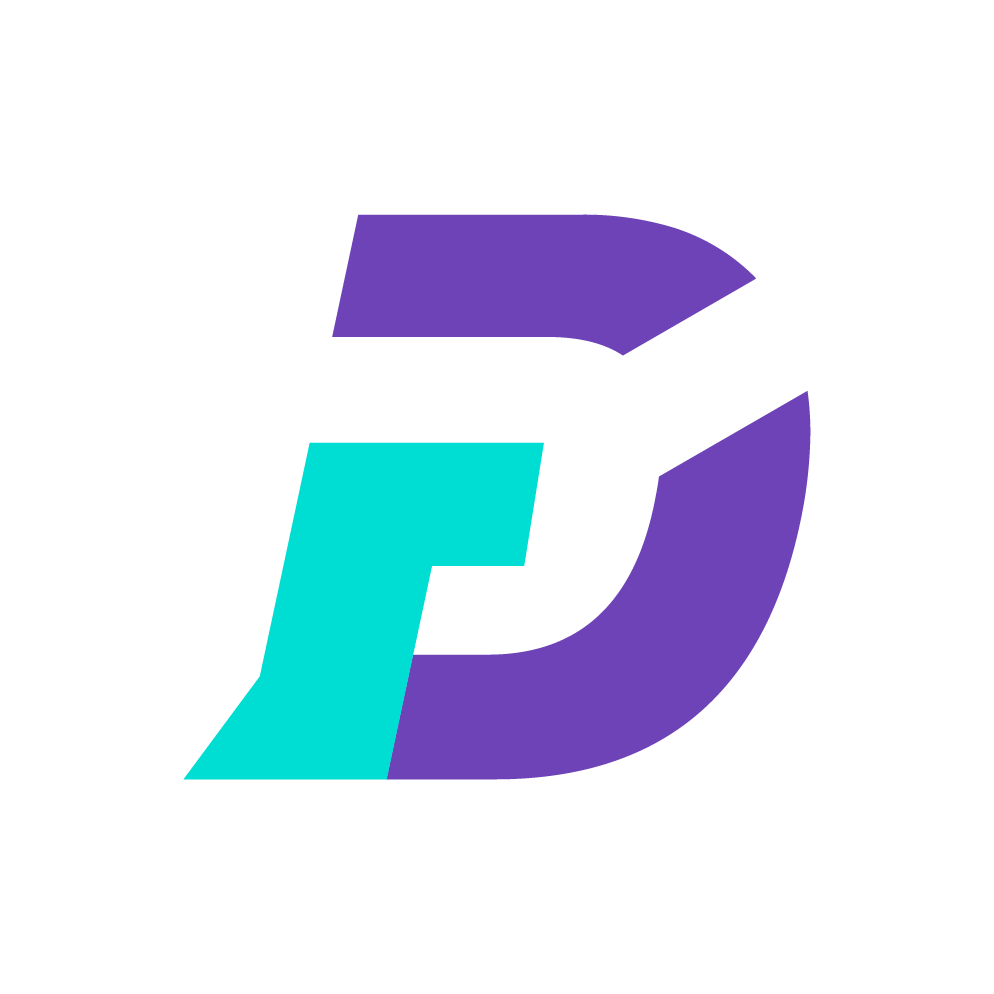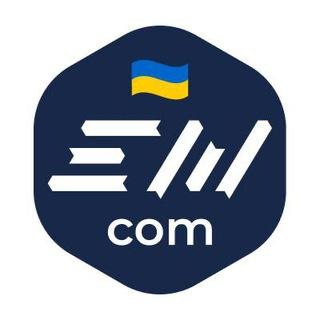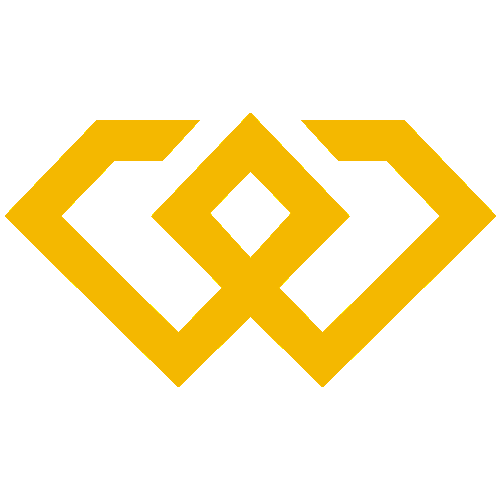
WAVES
项目开始时间

2016年5月30日
关于
1. Background IntroductionWaves is a blockchain platform designed to enable users to create and launch custom cryptocurrencies and decentralized applications (dApps). Founded in 2016 by Alexander Ivanov, Waves aims to provide a user-friendly ecosystem for blockchain development, catering to both developers and businesses. The platform emphasizes scalability, speed, and ease of use, making it accessible to a broad audience.2. Core Website ContentThe Waves.tech website serves as the central hub for the Waves ecosystem. Key sections include: Waves Enterprise (a solution for businesses), Waves Labs (focused on developer tools), and Waves Ducks (a gamified NFT project). The site also features documentation, news updates, and resources for developers. The content is structured to highlight Waves' versatility in supporting dApps, DeFi, and enterprise solutions.3. Technical FeaturesWaves leverages a unique consensus mechanism called Leased Proof-of-Stake (LPoS), which allows users to lease their tokens to nodes for staking rewards without running a full node. The platform boasts high throughput (up to 100 TPS) and low transaction fees. It also supports smart contracts via RIDE, a purpose-built programming language. Waves' interoperability features enable cross-chain communication, enhancing its utility in the broader blockchain ecosystem.4. Token EconomicsThe native token, WAVES, is used for staking, governance, and paying transaction fees. With a fixed supply of 100 million tokens, WAVES employs an inflationary model to reward stakers. The tokenomics are designed to incentivize network participation while maintaining stability. Waves also supports the creation of custom tokens, enabling projects to launch their own assets on the platform.5. Similar Competitor ComparisonWaves competes with platforms like Ethereum, Binance Smart Chain, and Solana. Unlike Ethereum, Waves offers lower fees and faster transactions but has a smaller developer community. Compared to Binance Smart Chain, Waves provides greater decentralization but lacks the same level of exchange integration. Solana outperforms Waves in throughput but is more centralized. Waves' niche lies in its balance of speed, cost, and accessibility.6. Risks and ChallengesWaves faces several challenges: Regulatory scrutiny could impact its growth, especially for enterprise solutions. The platform's adoption rate lags behind larger competitors, and its developer ecosystem is less mature. Additionally, the inflationary token model may deter long-term holders. Security risks, such as smart contract vulnerabilities, also pose threats given the rise in DeFi exploits across the industry.7. Industry FutureThe blockchain industry is moving toward interoperability and scalability, areas where Waves has potential. Its focus on enterprise solutions could capitalize on growing institutional interest in blockchain. However, Waves must expand its developer community and forge strategic partnerships to remain competitive. The success of niche projects like Waves Ducks could also drive mainstream adoption through gamification and NFTs.8. SummaryWaves.tech presents a compelling blockchain platform with strengths in usability, speed, and cost-efficiency. Its LPoS consensus and RIDE language offer technical advantages, while its tokenomics encourage participation. However, competition from established players and regulatory hurdles are significant barriers. Waves' future hinges on its ability to innovate, attract developers, and navigate an evolving industry landscape. The platform's versatility positions it as a viable option for both enterprises and individual users, provided it can address its challenges effectively. 更多>























































 看多
看多
 看空
看空